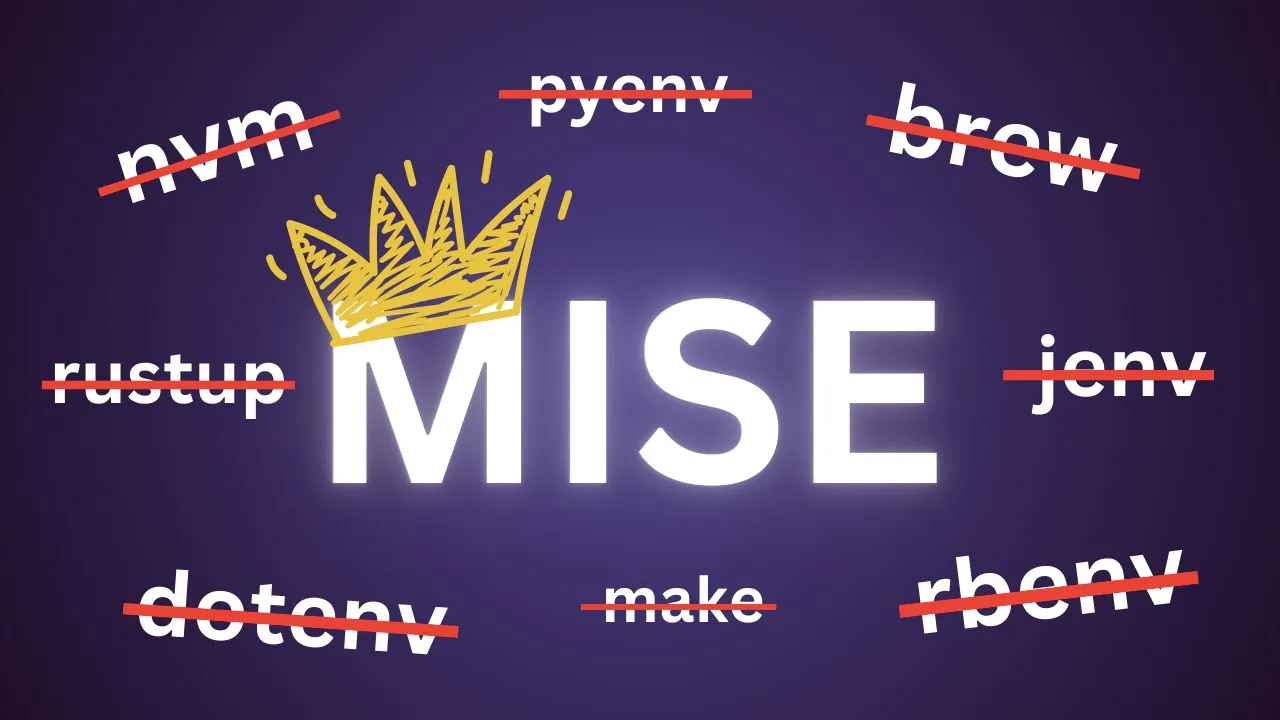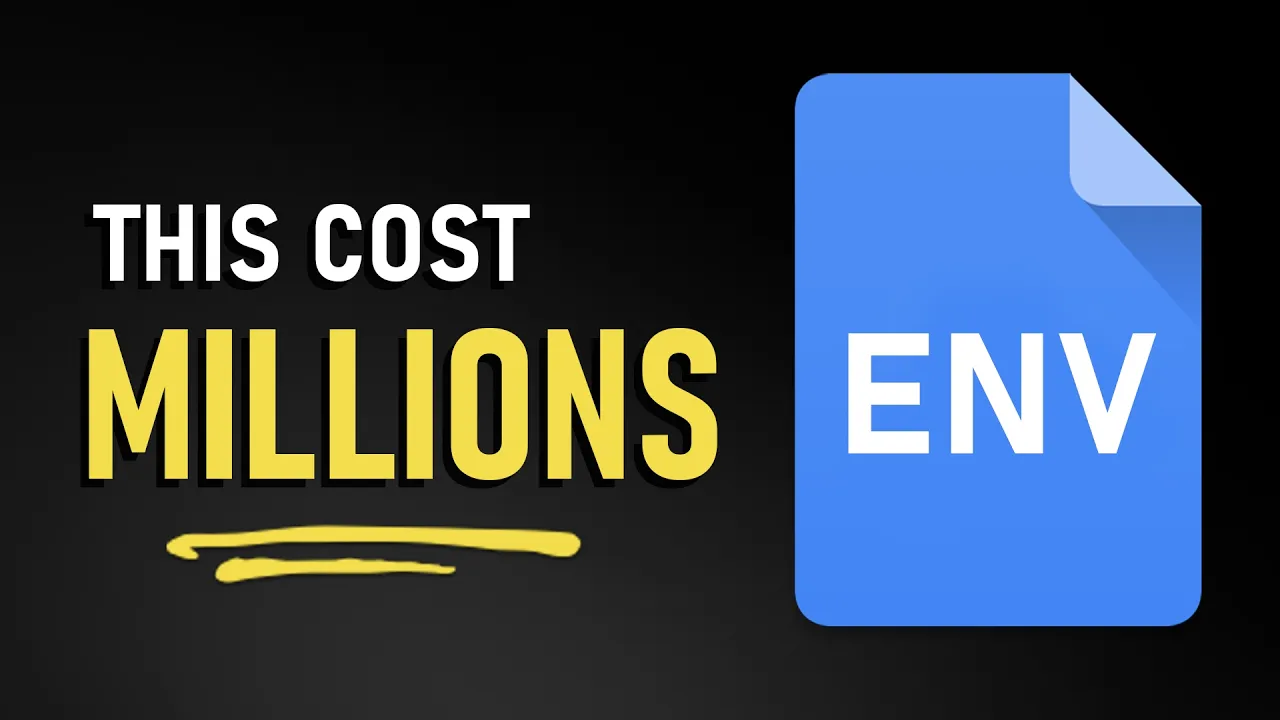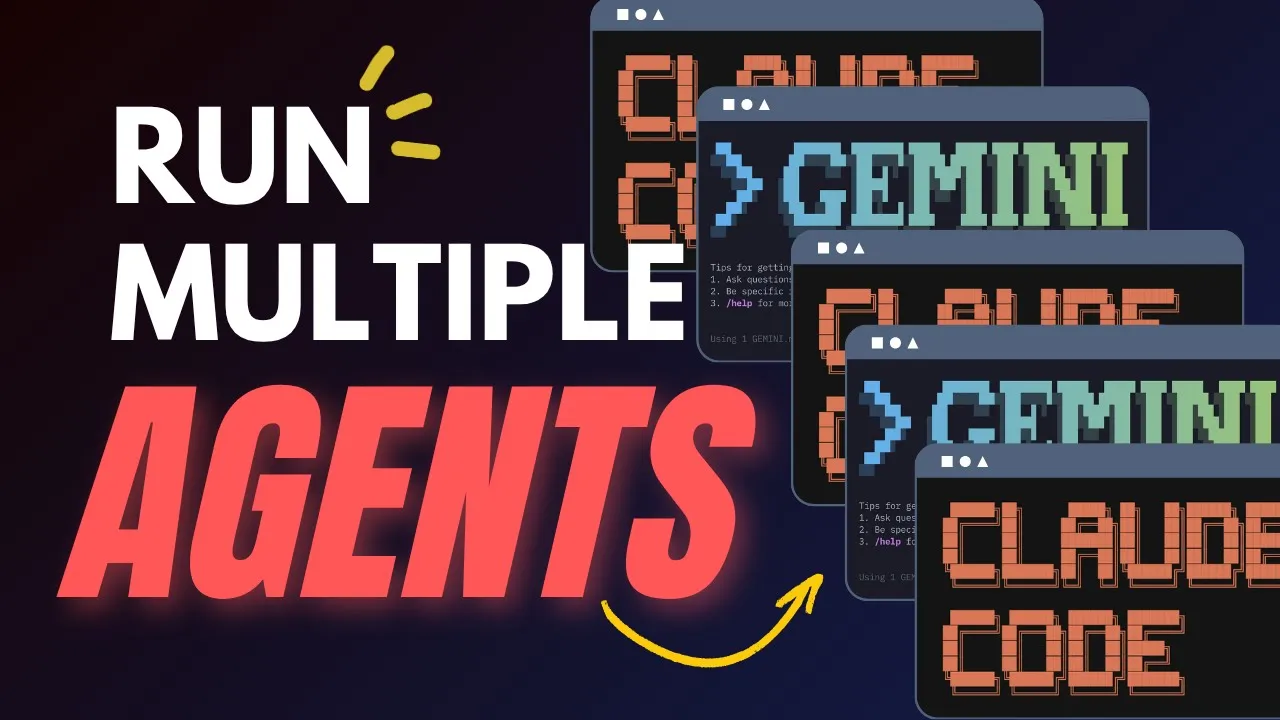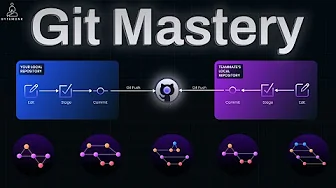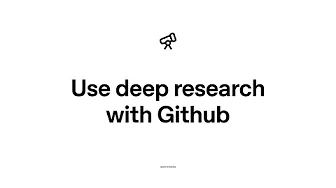Version Control Workflows
Methodologies, best practices, and implementation guides for effective version control strategies in software development teams provide the foundation for collaborative code management and project history tracking. Modern version control systems like Git have become essential infrastructure for software development, enabling parallel work streams through branching models such as GitFlow, GitHub Flow, or trunk-based development, each offering different trade-offs between stability, simplicity, and release cadence. Effective version control practices emphasize meaningful commit messages that clearly describe changes and their purpose, allowing future developers to understand implementation decisions without diving into code diffs—with conventional commit formats further enhancing readability and enabling automated changelog generation. Branch naming conventions and code review workflows establish clear processes for feature development, bug fixes, and release management, while continuous integration pipelines automatically validate changes against tests and quality checks before they're merged into main branches. Advanced Git techniques like interactive rebasing help maintain a clean, logical commit history by combining, reordering, or splitting commits before they're shared, while Git hooks enable automation of pre-commit checks and formatting to ensure consistent code quality across the team. Governance practices include protecting critical branches with approval requirements, implementing signed commits for security verification, and establishing merge strategies that preserve history while minimizing merge conflicts through techniques like rebase-and-merge or squash-and-merge approaches.

